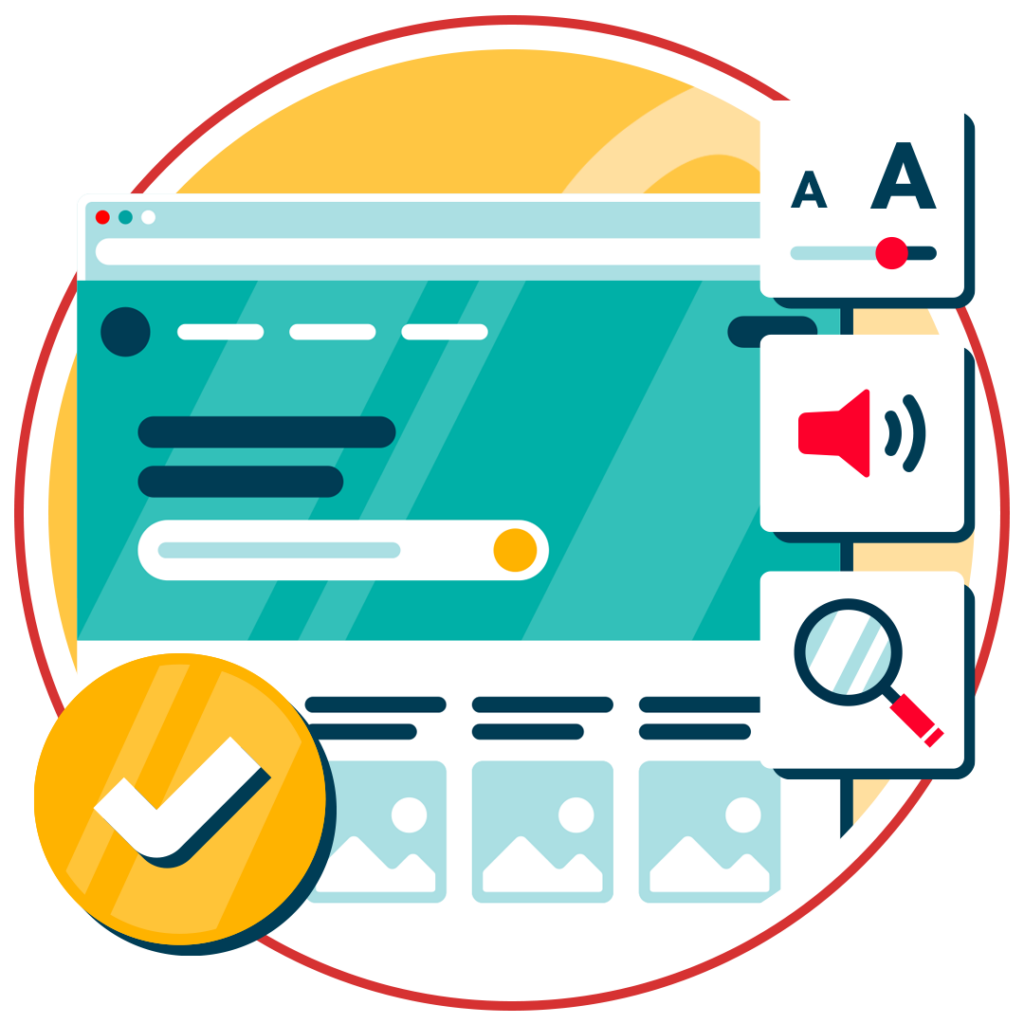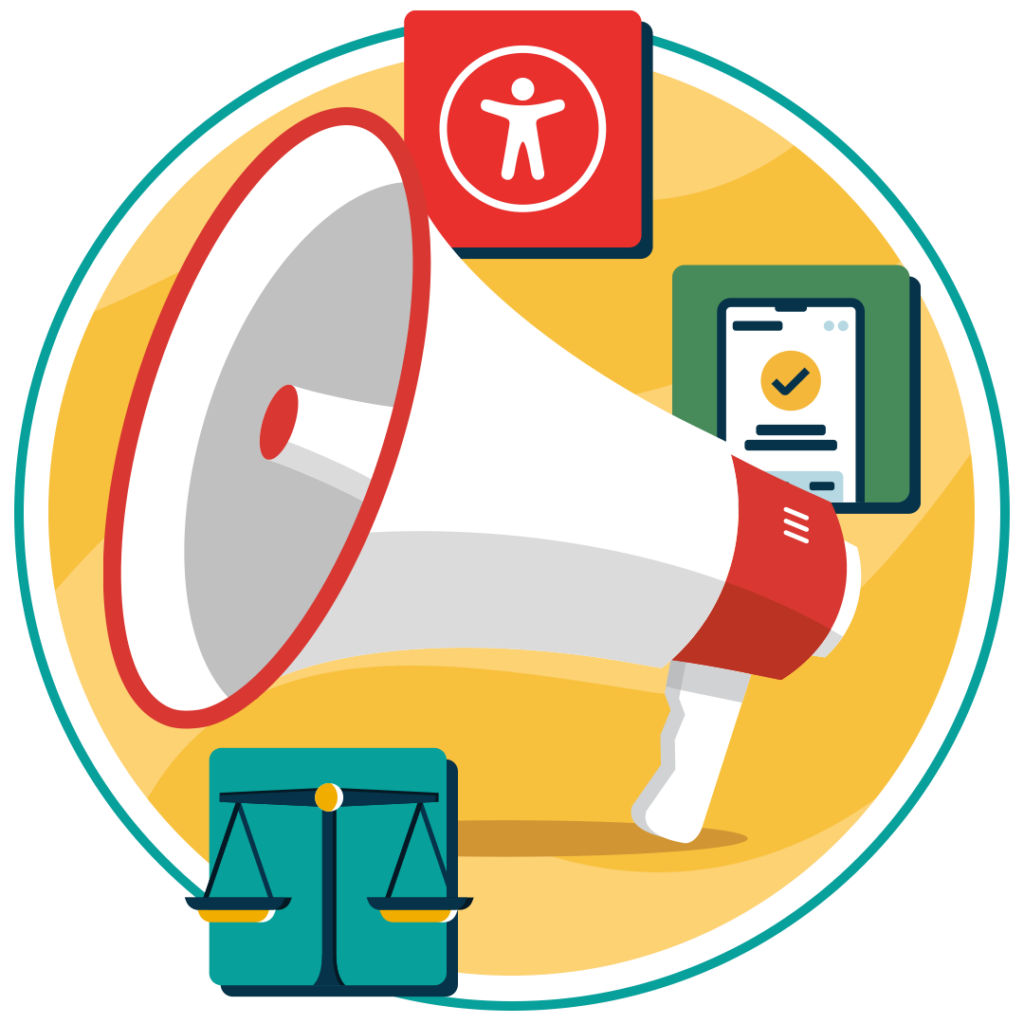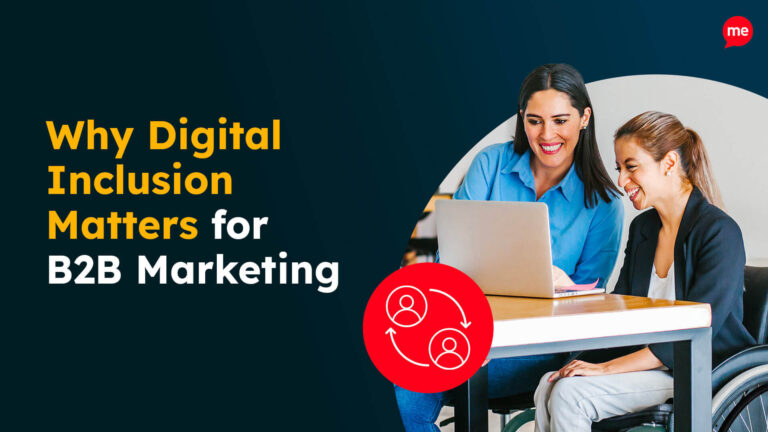Ensuring that websites are accessible to everyone is the right thing to do. But it isn’t just a moral obligation. It’s a legal and business imperative. However, as online services become ever more central to our daily lives, the barriers for those with disabilities show few signs of large-scale improvement.
The following statistics provide an in-depth look into the state of web accessibility today – highlighting the gaps, legal implications, and the potential for businesses that embrace an inclusive approach. The statistics will be split into the following categories:

Detect Accessibility issues on your Website
Finding accessibility issues is now easier than ever. Recite Me offers a free automated scan of your website’s homepage to highlight non-compliance. You’ll get recommendations on how to fix them, helping to improve your accessibility score.
Global Web Accessibility Overview
- An estimated 1.3 billion people – roughly 16% of the global population/1 in 6 people – live with some form of disability (World Health Organization).
- Between 70-80% of disabilities are hidden disabilities like visual impairments, hearing impairments, neurodivergent traits like dyslexia, certain forms of autism, and medical conditions like Alzheimer’s disease (Inclusive City Maker).
- 62% of adults with a disability own a desktop or laptop computer, and 72% own a smartphone (World Economic Forum).
- Disabled people are over 50% more likely to face digital access barriers than non-disabled people (Scope).
- 73% of disabled customers experience accessibility barriers on more than a quarter of websites they visit (We Are Purple).
- The global spending power of people with disabilities and their families is an estimated $13 trillion (The Valuable 500).
- Less than 10% of businesses have a targeted plan to access the disability market (Independent Living).
The Legal Landscape of Web Accessibility
- Most nations have laws based on the Web Content Accessibility Guidelines (WCAG) prohibiting businesses from discriminating against people with disabilities (Bureau of Internet Accessibility).
- 95.9% of home pages have detected WCAG failures (WebAim).
- Over 90% of websites don’t meet basic WCAG Level AA compliance (AbilityNet).
- 77% of web accessibility court cases involve small online merchants with annual revenue under 20 million (Agility PR).
Common Web Accessibility Errors
- Across a sample of one million home pages, there are an average of 56.8 accessibility errors per page (WebAim).
- 81% of website home pages have low-contrast text (WebAim).
- 54.5% of website home pages have missing alternative text for images (WebAim).
- 48.6% of website home pages have missing form input labels (WebAim).
- 44.6% of website home pages have empty links (WebAim).
- 28.2% of website home pages have empty buttons (WebAim).
- 17.1% of website home pages have missing document language (WebAim).
- 96.4% of all website accessibility errors fall into the six categories listed above (WebAim).

Industry-Specific Web Accessibility Statistics
- The website categories with the most accessibility errors per page are sports, retail, fashion, and real estate (WebAim).
- 70% of government, news, and e-commerce websites are inaccessible to individuals with visual impairments (Nucleus Research).
- 94% of the world’s largest e-commerce sites are not accessibility compliant (Baynard).
- Less than 30% of insurance websites have reliable or meaningful KPIs for accessibility (Digital Insurance).
- Only 22% of non-profit sites ensure their website content is accessible to people with visual and hearing disabilities (Nonprofit Tech for Good).

Consumer Behaviour and Accessibility
- As few as 3% of people have access to the assistive technology they need to access online content (World Health Organization).
- 42% of people decide whether they’ll stay or leave a website within 10 seconds (PayPal).
- 83% of people limit their shopping to sites that they know are accessible (Scope).
- 71% of people with access needs leave a site they find hard to use (ClickAway Pound).
- For 75% of people, ease of use is more important than price (ClickAway Pound).
- 42.3% of users with access needs believe web content accessibility has not changed in the last year. 18.5% think it has become less accessible (WebAim).
The Impact of Website Accessibility on Businesses
- Companies with inaccessible websites lose $6.9 billion to competitors annually (McKinsey Digital).
- More than a quarter of investors are willing to accept a lower rate of return on investment from a company that does activities benefiting society (PWC Global Investor Survey).
- Digital products that are WCAG compliant are expected to outperform market competitors by 50% (Gartner).
- Companies prioritising web accessibility are four times as likely to outperform their competitors in total shareholder returns (Accenture).
- Website accessibility can help improve conversion rates among all audiences (PayPal).
- Accessibility improvements have an ROI of $100 for every $1 invested (Forrester Research).
Interpreting the Data: Why Accessibility Matters
The statistics above paint a clear picture: web accessibility isn’t optional – it’s essential.
Ethically, making websites accessible is simply the right thing to do because it fosters inclusivity, empowers individuals with disabilities, and helps close the digital divide. However, it’s also the smart thing to do and something you must do, because businesses that neglect web accessibility expose themselves to significant revenue losses, legal risk, and reputational damage.
The key takeaway here? Building an accessible website is non-negotiable.

Start Working on Your Web Accessibility Strategy Today
Recite Me is able to support businesses of every type in all locations with an innovative suite of on-demand digital accessibility software, tools, and resources:
- Our Accessibility Checker runs 396 separate scans, identifies WCAG non-compliance issues, and generates a prioritised fix queue for effective resolution.
- Our Accessibility Toolbar allows website visitors with varied needs and preferences to customise your website for ease of navigation and comprehension.
- Our free website accessibility training courses provides a comprehensive introduction to the principles and practices of digital accessibility.
Contact our team today for more information and get started on your web accessibility strategy.



